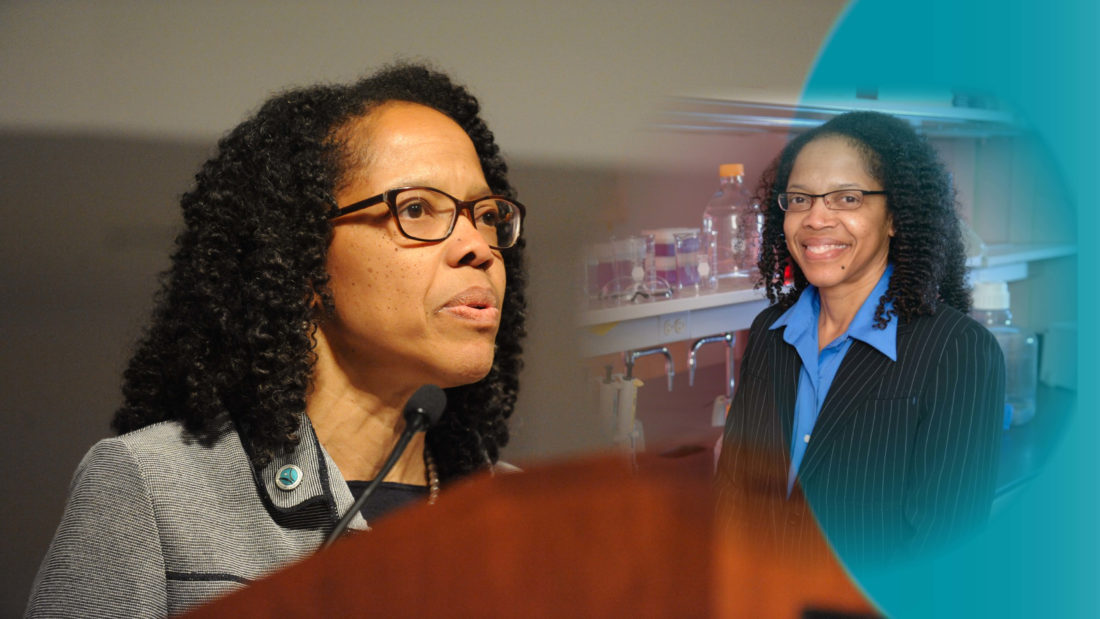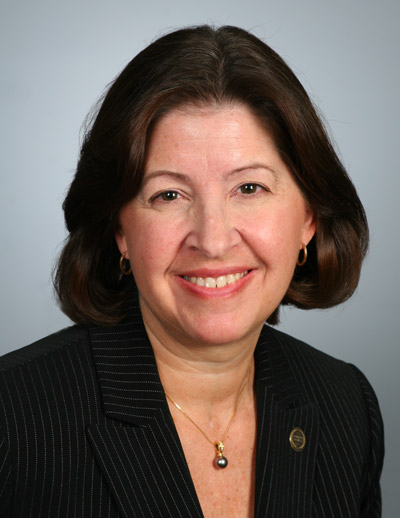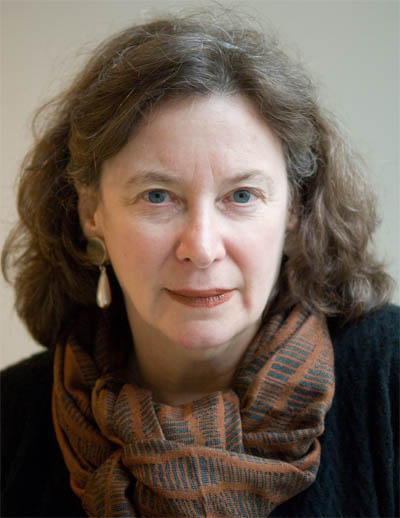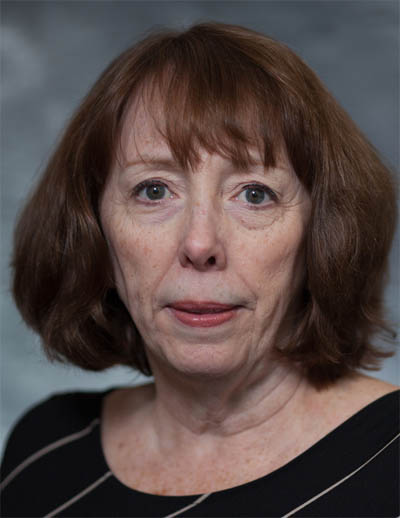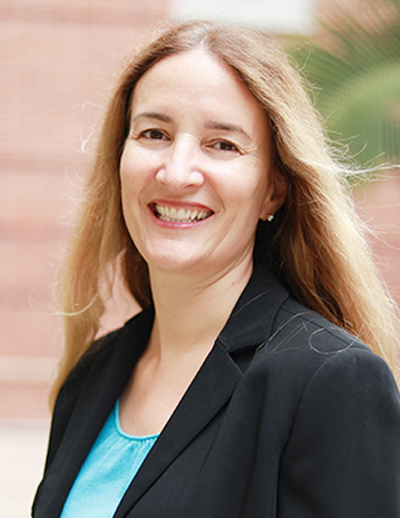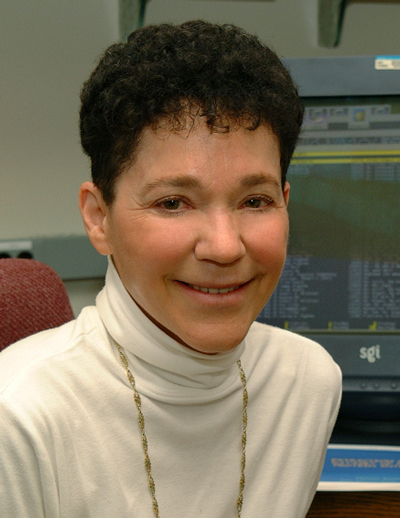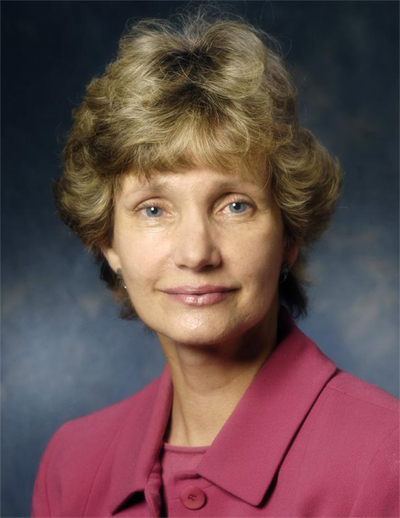RECOGNIZING EXCELLENCE
Awardees
-
2019 – National Academy of Medicine2020 – National Academy of Engineering2025 - National Academy of Engineering2021 – National Academy of Medicine2024 – National Academy of Engineering2016 – National Academy of Medicine2021 – National Academy of Medicine2013 – National Academy of Sciences2009 – National Academy of Engineering2009 – National Academy of Medicine2018 Nobel Prize in Chemistry2008 – National Medal of Tech & Innovation2000 NAE, 2004 NAM, 2008 NAS2017 – National Academy of Engineering2024 - National Academy of Sciences2016 - National Academy of Engineering2020 – National Academy of Medicine2019 – National Academy of Engineering2017 - AIMBE Pierre Galletti Award2023 - National Academy of Engineering2023 - National Academy of Medicine2023 - National Academy of Engineering2020 - National Academy of Sciences2010 – National Academy of Engineering2019 – National Academy of Medicine2017 – National Academy of Sciences2015 – National Academy of Engineering2022 – National Academy of Engineering2015 – National Academy of Medicine2015 – National Academy of Engineering2024 - National Medal of Science2016 – National Academy of Sciences1995 – National Academy of Medicine2012 – National Academy of Engineering2025 - National Academy of Engineering2001 – National Academy of Medicine2019 – National Academy of Engineering2024 - National Medal of Science2022 - Pierre Galletti Award2015 - NAE, 2014 - NAS, 2007 - NAM2018 – National Academy of Engineering2025 - National Academy of Engineering2006 - National Medal of Science2000 – National Academy of Sciences2024 – National Medal of Science2024 – National Academy of Engineering2015 – National Academy of Medicine2021 – National Academy of Medicine2023 – National Academy of Sciences2018 – National Academy of Engineering2018 – National Academy of Medicine2014 – National Academy of Engineering2019 – National Academy of Medicine2010 – National Academy of Engineering2021 – National Academy of Medicine2011 – National Academy of Engineering2024 - National Medal of Tech & Innovation2019 – National Academy of Sciences2017 – National Academy of Engineering2016 – National Academy of Medicine1993 – National Academy of Medicine2022 – National Academy of Engineering2010 – National Academy of Medicine2025 - National Academy of Sciences2025 - National Academy of Engineering2012 - National Academy of Medicine2016 – National Academy of Medicine2021 – National Academy of Medicine2021 – NAS, 2011 - NAE, 2004 - NAM2014 – National Medal of Tech & Innovation2009 – AIMBE Pierre Galletti Award2007 – National Academy of Engineering2018 – AIMBE Pierre Galletti Award2013 - National Academy of Engineering2018 – National Academy of Sciences2017 – National Academy of Engineering2005 – National Academy of Engineering2022 – National Academy of Engineering2023 - National Academy of Engineering2024 – National Academy of Engineering2020 – National Academy of Engineering2020 – National Academy of Medicine2025 – National Academy of Sciences2022 - National Academy of Engineering2008 – National Academy of Medicine2015 – National Academy of Medicine2020 – National Academy of Engineering2015 - National Academy of Medicine2025 – National Academy of Sciences2022 – National Academy of Sciences1997 – National Academy of Engineering2023 – National Academy of Sciences2018 – National Academy of Medicine2013 - AIMBE Pierre Galletti Award2010 – National Academy of Engineering2007 – National Academy of Medicine2021 – National Academy of Sciences2004 – National Academy of Engineering2008 – National Academy of Medicine2022 – National Academy of Medicine2025 - National Academy of Engineering2021 – National Academy of Medicine2023 - National Academy of Engineering2016 – AIMBE Pierre Galletti Award2015 – National Academy of Sciences2008 – National Academy of Engineering2016 – National Academy of Engineering2019 – National Academy of Engineering2024 – National Academy of Engineering2023 - Pierre Galletti Award2016 – National Academy of Engineering2021 – National Academy of Engineering2017 – National Academy of Engineering2019 – National Academy of Engineering2023 – National Academy of Engineering2020 – National Academy of Medicine2008 – National Medal of Tech & Innovation2004 – National Academy of Engineering2019 – National Academy of Engineering2019 – National Academy of Engineering2021 – AIMBE Pierre Galletti Award2014 – National Academy of Medicine2012 – National Academy of Engineering2020 - National Academy of Engineering2023 – National Academy of Medicine2016 – National Academy of Engineering2017 – National Academy of Medicine2024 - National Medal of Science2018 – National Academy of Medicine
Early Trailblazers
Gilda Barabino, Ph.D.
Gilda Barabino is Dean and Berg Professor at The Grove School of Engineering at The City College of New York. She has appointments in Biomedical Engineering, Chemical Engineering and the Sophie Davis School of Biomedical Education/CUNY School of Medicine...Barbara Boyan, Ph.D.
Barbara D. Boyan, Ph.D., dean of VCU’s School of Engineering, is an acclaimed researcher and entrepreneur. Her laboratory focuses on research related to all aspects of bone and cartilage biology...Rena Bizios, Ph.D.
Professor Rena Bizios, a chemical/biomedical engineer by training, is the Lutcher Brown Chair Professor in the Department of Biomedical Engineering at the University of Texas at San Antonio, Texas...Linda Lucas, Ph.D.
Dr. Linda C. Lucas became provost of University of Alabama at Birmingham in April 2012 after serving in the interim role since May 2011. She served as dean of the School of Engineering from 2000 to 2011...Katherine Ferrara, Ph.D.
Dr. Katherine Ferrara was recruited to the Department of Radiology at Stanford University in 2018. Prior, Professor Ferrera spent years building and shaping the Biomedical Engineering Department at the...Banu Onaral, Ph.D.
Dr. Onaral is H. H. Sun Professor of Biomedical Engineering and Electrical Engineering at Drexel University, Philadelphia, PA. She holds a Ph.D. in Biomedical Engineering from the University...Janice Jenkins, Ph.D.
During her 22-year career at the University of Michigan, Janice Jenkins became known for her mentorship and for the fact that she was the first woman faculty member hired in the Electrical and Computer Engineering...Christina Enroth-Cugell, Ph.D.
Christina Alma Elisabeth Enroth-Cugell, emeritus professor of biomedical engineering and neurobiology, passed away June 15, 2016 at age 96. She was as a renowned vision scientist...Novel Urodynamic System Receives FDA Clearance
Margot Damaser | June 13, 2025Novel Urodynamic System Receives FDA Clearance
Margot Damaser | June 13, 2025Cleveland Clinic is first to use the device, known formerly as the UroMonitor
A novel, wireless ambulatory urodynamic system, engineered and tested by Cleveland Clinic researchers and physicians, is one step closer to commercialization. The device, now known as the Glean™ Urodynamics System, a product by Bright Uro, received 510(k) clearance from the U.S. Food and Drug Administration and was used for the first time in a Cleveland Clinic patient. These developments follow several years of clinical data demonstrating its safety and feasibility in women with overactive bladder (OAB).
The device was conceptualized by Cleveland Clinic biomedical engineer Margot Damaser, PhD, over 10 years ago to improve conventional urodynamics, the standard approach to bladder testing. The challenges of a catheter-based diagnostic approach are many, she explains.
Lymph node on a chip: New immune system model may enhance precision medicine research
Jennifer Munson | June 12, 2025Lymph node on a chip: New immune system model may enhance precision medicine research
Jennifer Munson | June 12, 2025Virginia Tech scientists with the Fralin Biomedical Research Institute completed one element of an engineered tissue model that could advance medical and drug testing and provide a new tool for precision medicine
Scientists with the Fralin Biomedical Research Institute at VTC have created an engineered model of the supportive tissue found within a lymph node to study human health.
Working with scientists at the University of Virginia, the researchers are building a bioengineered model of a human lymph node, which performs essential roles in the immune system throughout the body.
The goal of the research, which published in April in APL Bioengineering, is to provide scientists with a model that accurately mirrors dynamic fluid flow — a natural part of how lymph nodes work.
Wireless Face e-Tattoo Tracks Mental Strain and Workload
Nanshu Lu | May 30, 2025Wireless Face e-Tattoo Tracks Mental Strain and Workload
Nanshu Lu | May 30, 2025A temporary electronic forehead tattoo that wirelessly measures brainwaves and eye movement may offer an accurate measurement of mental workload (MWL) and mental strain, new research suggested.
Using a lightweight battery and thin sensors, the e-tattoo was able to reliably collect electroencephalography (EEG) and electrooculography (EOG) data to estimate MWL in a small study of six participants as they completed increasingly difficult memory tests.
The technology is a less bulky and cheaper alternative to conventional brain activity monitors and may help track the mental workload of workers in safety-critical jobs like aviation, air traffic control, and healthcare. Researchers say it also has applications for neurological monitoring of patients with epilepsy or to monitor cognitive decline.
Engineering dean joins prestigious American Academy of Arts & Sciences
Lola Eniola-Adefeso | May 19, 2025Engineering dean joins prestigious American Academy of Arts & Sciences
Lola Eniola-Adefeso | May 19, 2025Omolola “Lola” Eniola-Adefeso, the UIC College of Engineering dean and Richard and Loan Hill Department of Biomedical Engineering professor, was elected to the American Academy of Arts & Sciences on April 23.
Eniola-Adefeso joins nearly 250 electees from prestigious universities, museums, research institutions and news organizations, as well as independent artists. She was elected to the Mathematical and Physical Sciences Class in the Engineering and Technology subcategory.
“This is an incredible honor, made even more meaningful because the academy cuts across the arts and sciences,” she said. “It’s mind-blowing that this group of phenomenal leaders see my career as worthy of being included.
New MRI technique lights up ‘zombie cells’ that contribute to arthritis
Heike Daldrup-Link | May 5, 2025New MRI technique lights up ‘zombie cells’ that contribute to arthritis
Heike Daldrup-Link | May 5, 2025Research led by Stanford Medicine points to the first non-invasive imaging method to visualize senescent cells, which are alive but dormant and play a key role in many diseases.
Anyone who’s had a knee or other joint replacement surgery knows what an ordeal the procedure can be. But for many sufferers of osteoarthritis, the most common form of arthritis, damage to the joints’ cartilage leaves them with few other options. Most medications for the condition focus on pain relief and don’t slow the progression of the disease.
An emerging class of therapies known as senolytics holds the promise to treat cells that contribute to arthritis, potentially delaying or even bypassing the need for invasive surgeries. Dormant cells, also known as senescent cells, can accelerate or trigger osteoarthritis.
Advancing Antiracism, Diversity, Equity, and Inclusion in STEMM Organizations
National AcademiesAdvancing Antiracism, Diversity, Equity, and Inclusion in STEMM Organizations
National AcademiesPeople from minoritized racial and ethnic groups continue to face numerous systemic barriers that impede their ability to access, persist, and thrive in STEMM higher education and the workforce.
To promote a culture of antiracism, diversity, equity, and inclusion (ADEI) in STEMM, organizations must actively work to dismantle policies and practices that disadvantage people from minoritized groups.
What Can We Do to Combat Anti-Black Racism in the Biomedical Research Enterprise?
NIHWhat Can We Do to Combat Anti-Black Racism in the Biomedical Research Enterprise?
NIHThe recent deaths of George Floyd, Ahmaud Arbery, and Breonna Taylor, in addition to the disproportionate burden of COVID-19 on African Americans, are wrenching reminders of the many harms that societal racism, inequality, and injustice inflict on the Black community. These injustices are rooted in centuries of oppression—including slavery and Jim Crow, redlining, school segregation, and mass incarceration—that continue to influence American life, including the biomedical research enterprise. Despite leading an NIH Institute whose mission includes building a diverse scientific workforce, at NIGMS we’ve struggled with what an adequate response to this moment would be, knowing that the systems that mediate the distinct and disparate burdens Black students, postdocs, and scientists face are complex and often aren’t easily moved with the urgency that they demand. With that in mind, below we share thoughts on what each of us who is in the majority or in a position of power can do to help break the cycles of racial disparities that are woven into the fabric of the biomedical research enterprise and that limit opportunities Link to external web site for Black scientists Link to external web site.
Institutional structures, policies, and cultures Link to external web site, including those in the biomedical research enterprise, all contribute to racial inequality and injustice. This fact was laid bare for us by the responses to the request for information (RFI) we issued in 2018 on strategies to enhance successful postdoctoral career transitions to promote faculty diversity. Respondents cited bias and discrimination—including racism—most frequently as a key barrier to postdoctoral researchers attaining independent faculty positions.
Combating sexual harassment
ScienceCombating sexual harassment
ScienceSexual harassment, including gender harassment, presents an unacceptable barrier that prevents women from achieving their rightful place in science, and robs society and the scientific enterprise of diverse and critical talent. As the largest single funder of biomedical research in the world, the U.S. National Institutes of Health (NIH) bears a responsibility to take action to put an end to this behavior. In 2019, the NIH began to bolster its policies and practices to address and prevent sexual harassment. This included new communication channels to inform the agency of instances of sexual harassment related to NIH-funded research. This week, the NIH announces a change that will hold grantee institutions and investigators accountable for this misconduct, to further foster a culture whereby sexual harassment and other inappropriate behaviors are not tolerated in the research and training environment.
Last year, an Advisory Committee to the Director (ACD) of the NIH presented a report and recommendations to end sexual harassment. A major theme of this report was the need for increased transparency and accountability in the reporting of professional misconduct, especially sexual harassment. The cases of sexual harassment that surfaced in the wake of the U.S. National Academies of Sciences, Engineering, and Medicine (NASEM) 2018 report highlighted a substantial gap in the NIH’s oversight of the research enterprise: There was no straightforward mechanism for the agency to learn of sexual harassment or other misconduct taking place at grantee institutions in the context of NIH-funded research. It was not uncommon for the NIH to discover such cases through the media, amid rightful public outcry. Holding institutions and investigators accountable for this behavior was challenging.
White Academia: Do Better.
MediumWhite Academia: Do Better.
MediumOver the past couple of weeks, our nation has been confronted with ugly truths and hard history revealing how systemic racism rears its head in almost every space. Since the COVID-19 pandemic has slowed down our typical lifestyles, people seem to be listening.
This moment feels very different from other situations when we had to address human rights in the context of race relations in the United States. With that comes a host of emotions that White people have rarely had to deal with because of their racial privilege, and this includes White people working in academia.
Like many Black faculty, and Black people in general, I have received messages and texts from White colleagues apologizing, expressing their guilt and remorse, and asking what they can do to support their Black colleagues and friends.
Guidelines for Diversity & Inclusion in Crisis
Juan E. Gilbert, PhDGuidelines for Diversity & Inclusion in Crisis
Juan E. Gilbert, PhDI am writing these guidelines in response to the recent events that have impacted the Black community, specifically, the Black computing community. As the Department Chair of the Computer & Information Science & Engineering (CISE) Department at the University of Florida, I lead, one of, if not, the nation’s most diverse computing sciences (CS) department. We have the nation’s most Black CS faculty and PhD students. We are one of the top CS departments for the number of female faculty. As a researcher, I have had the honor of producing the nation’s most Black/African-American CS PhDs. I have also had the honor of hiring and promoting the most Black faculty in CS. My experiences span more than 20 years and those experiences are the foundation for these guidelines.




